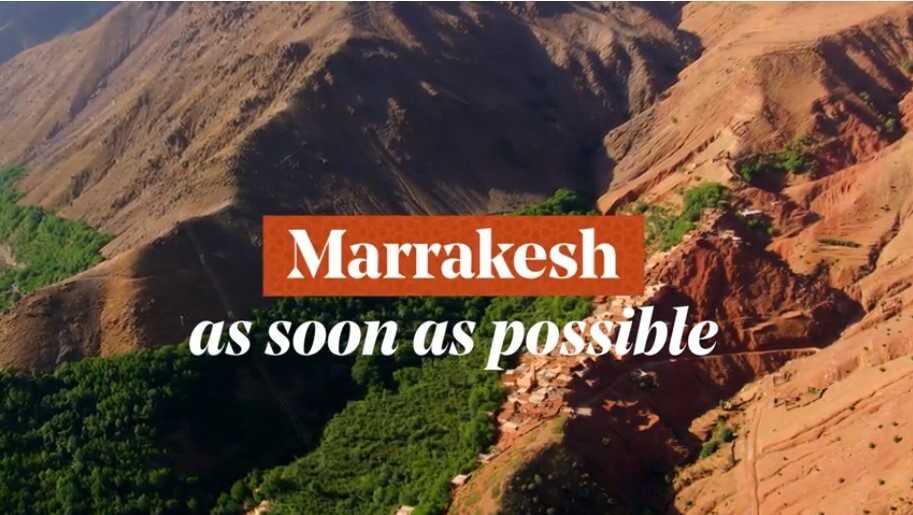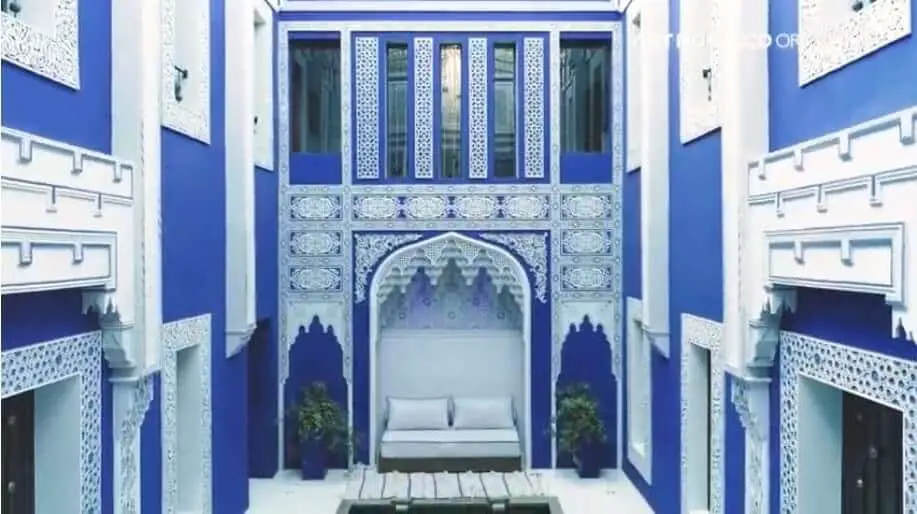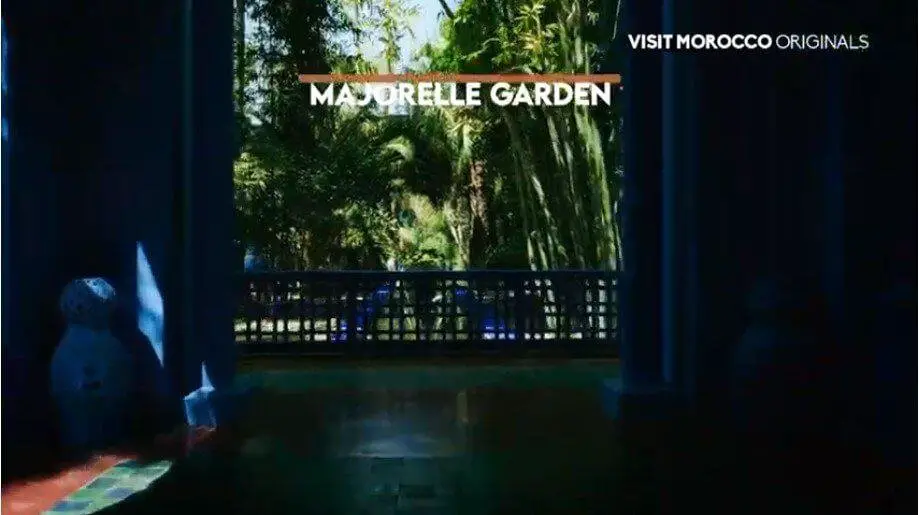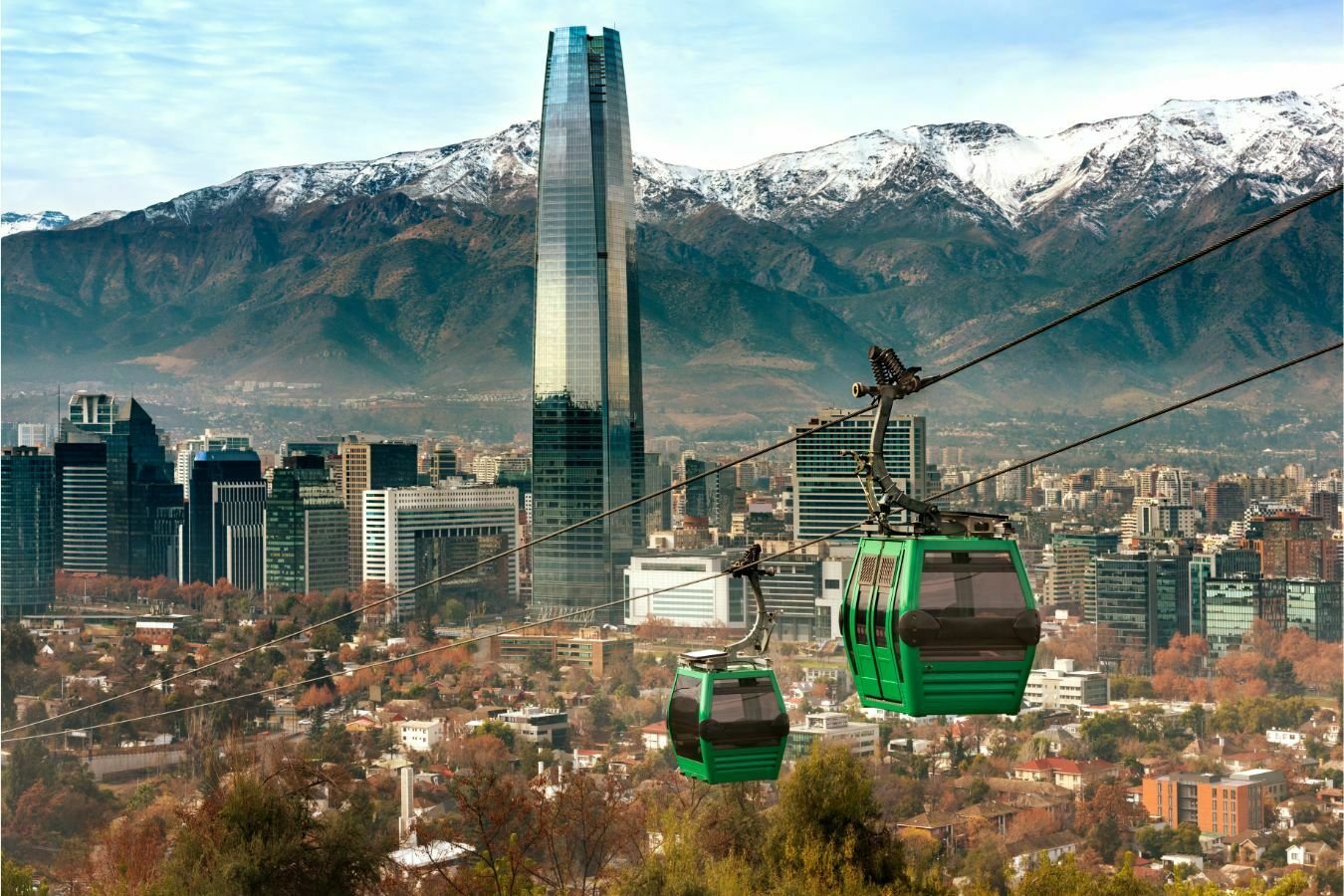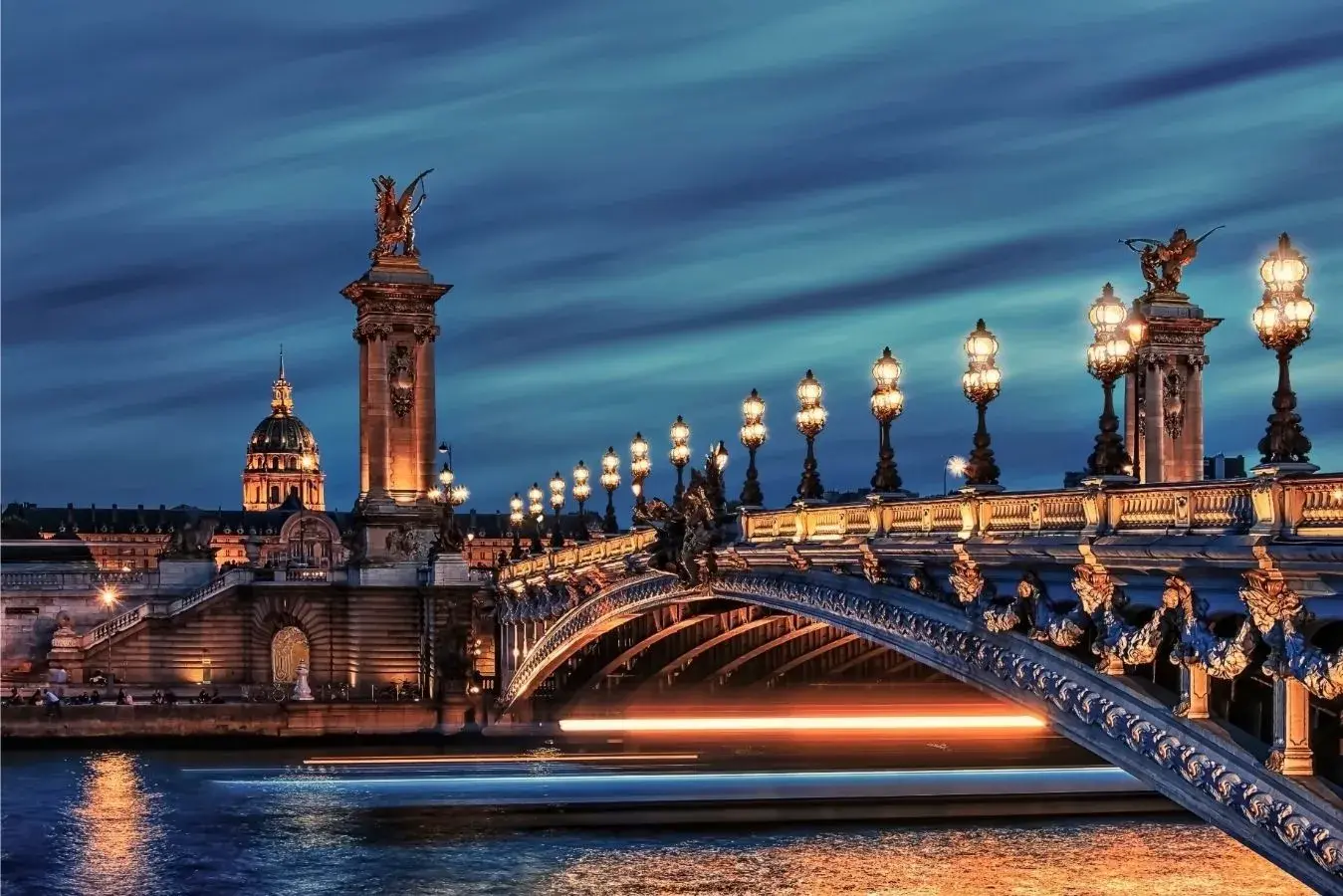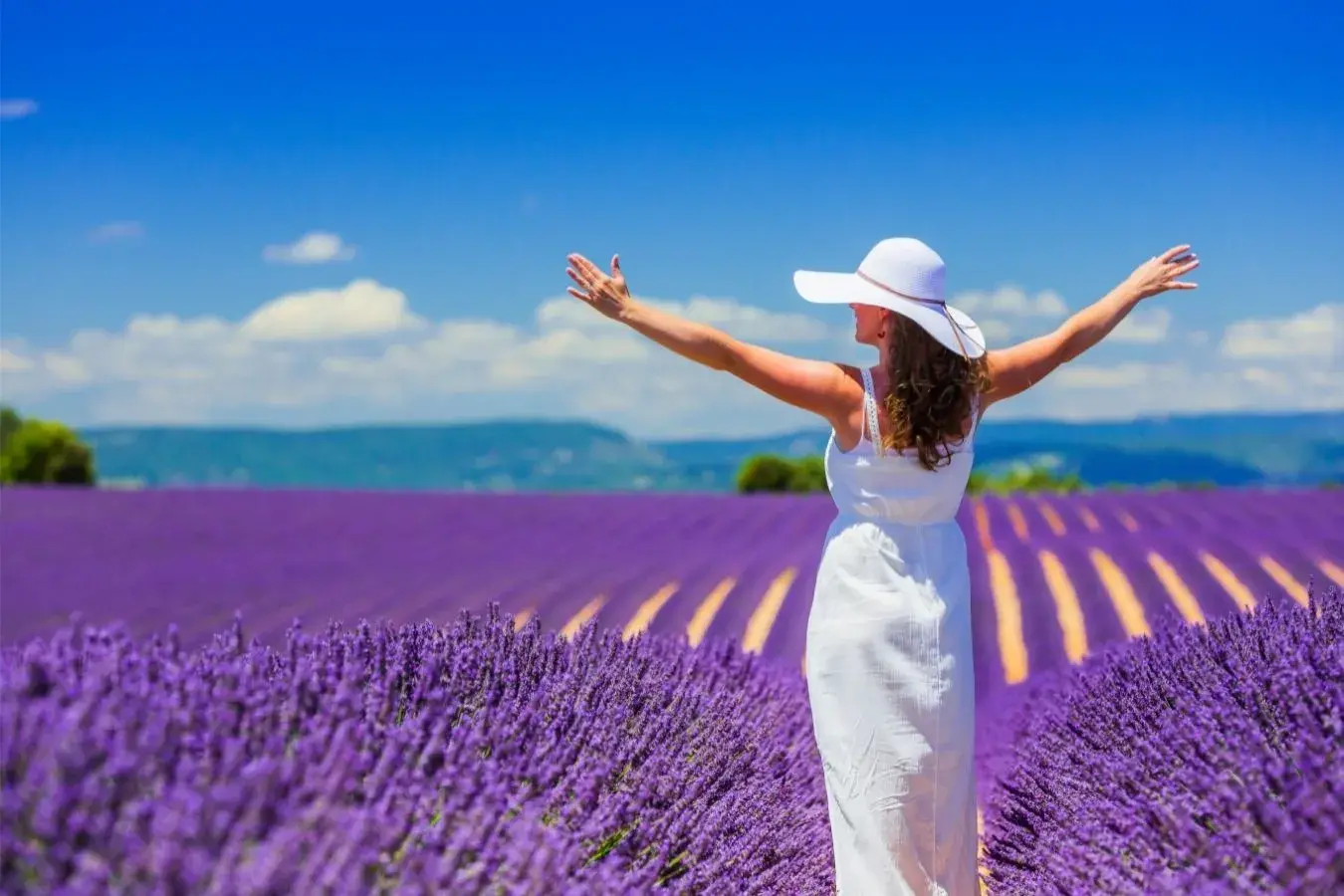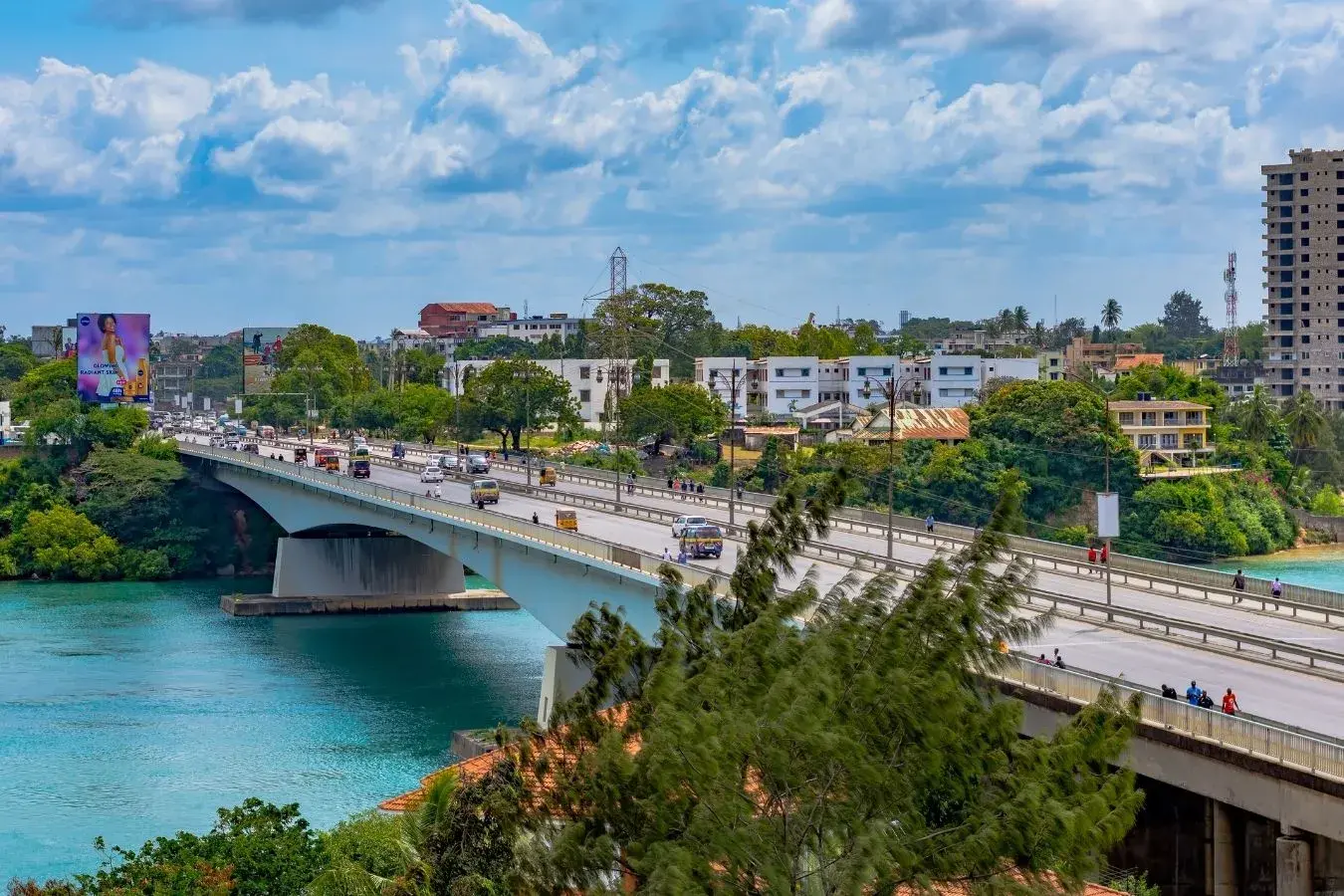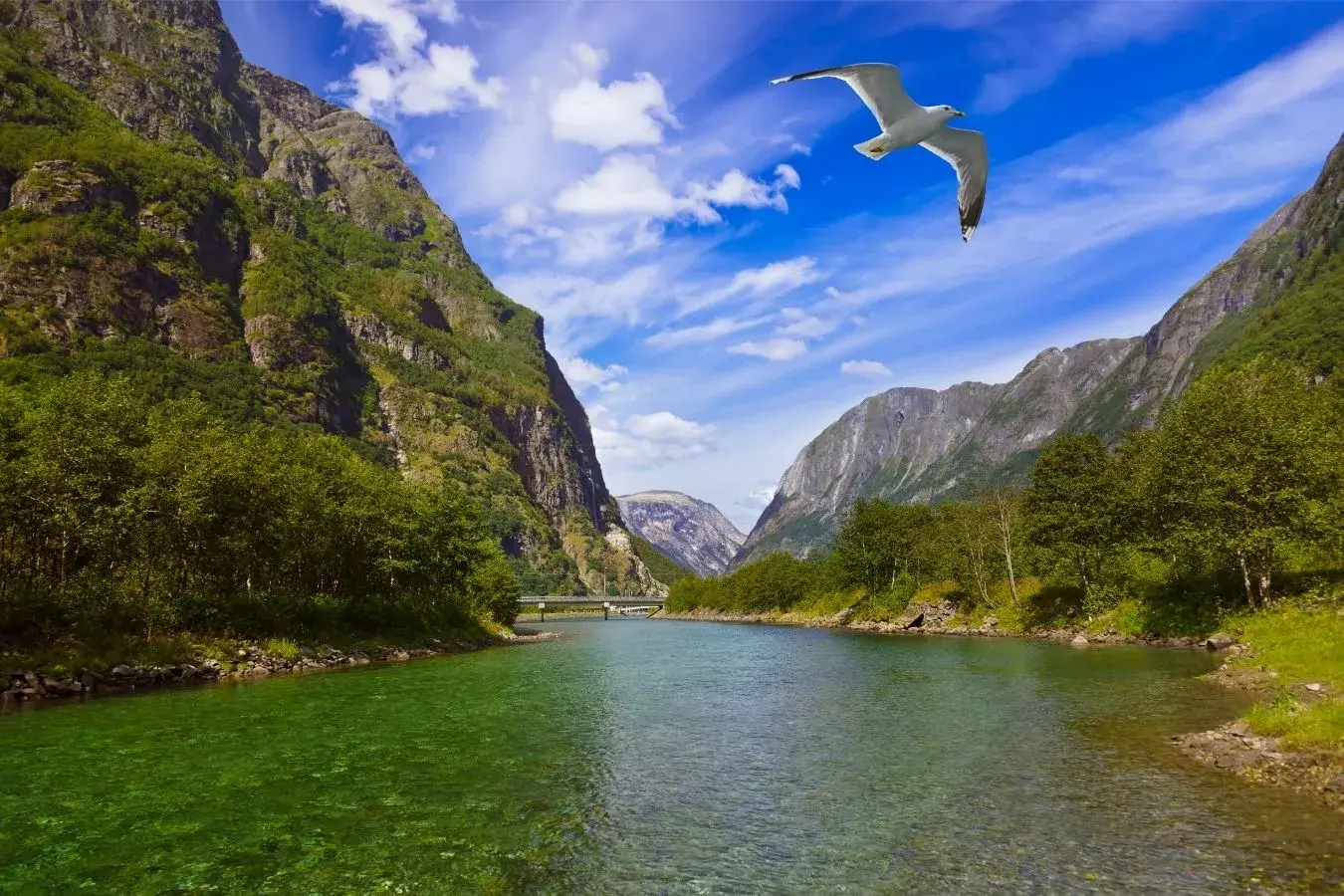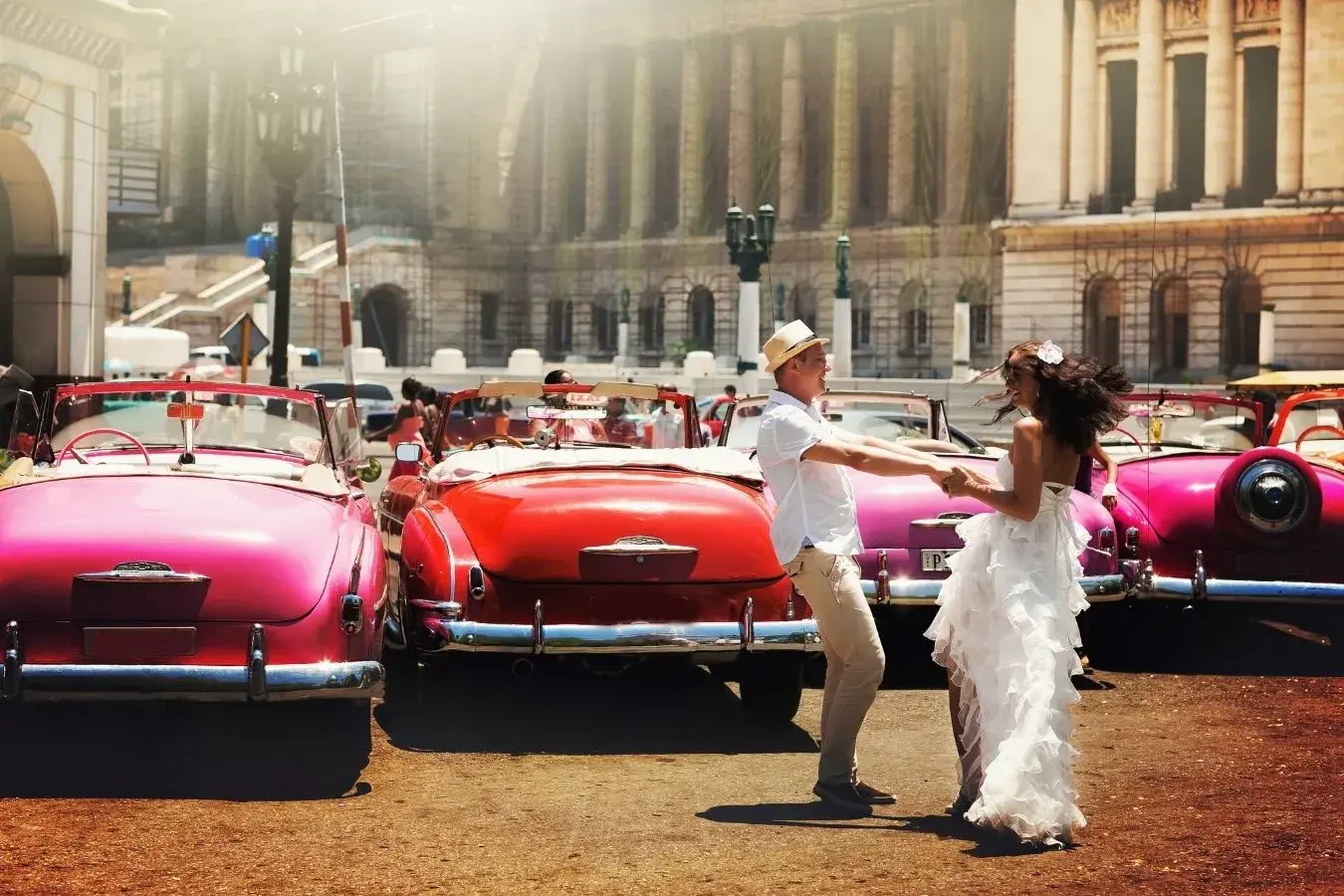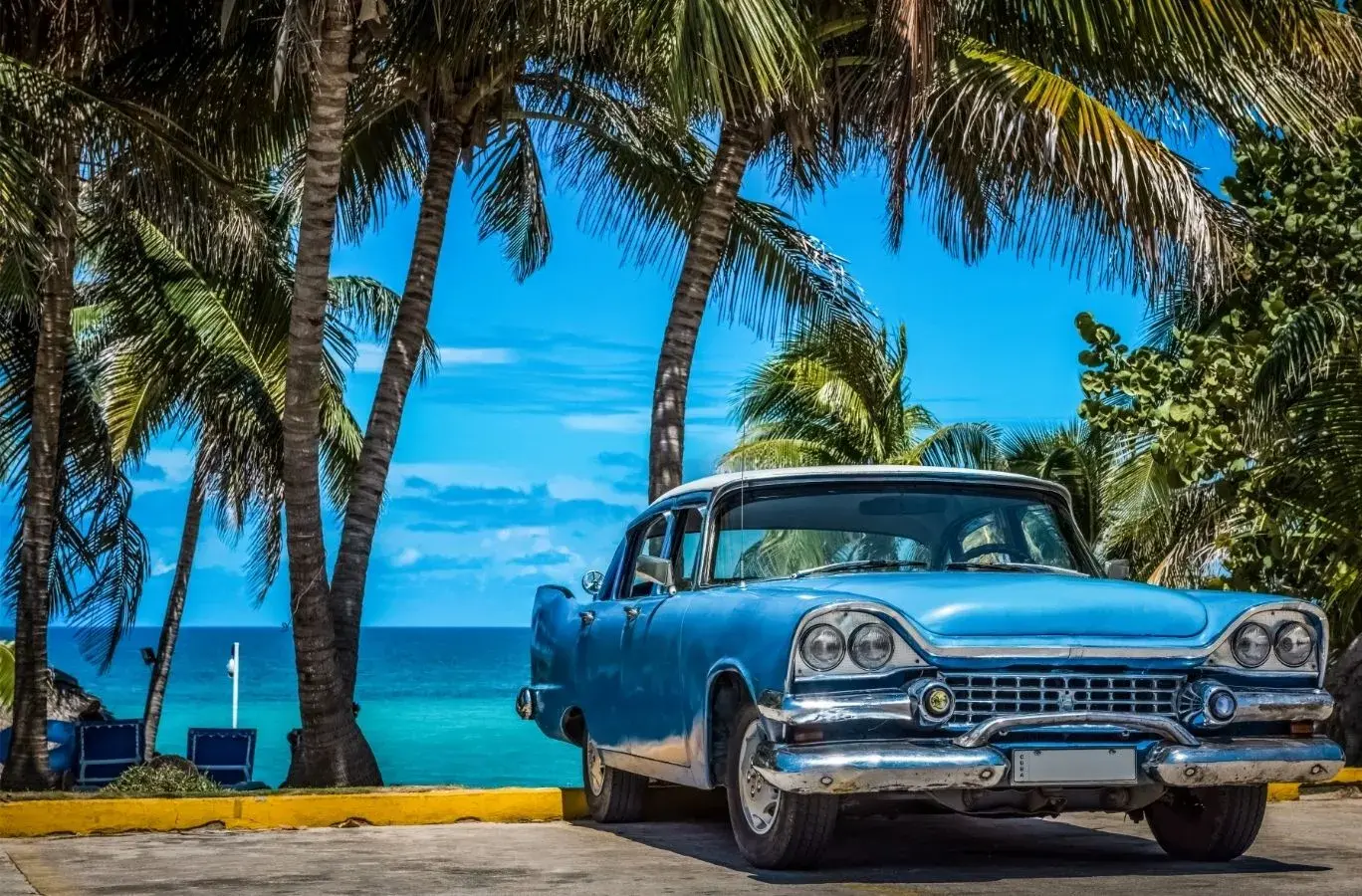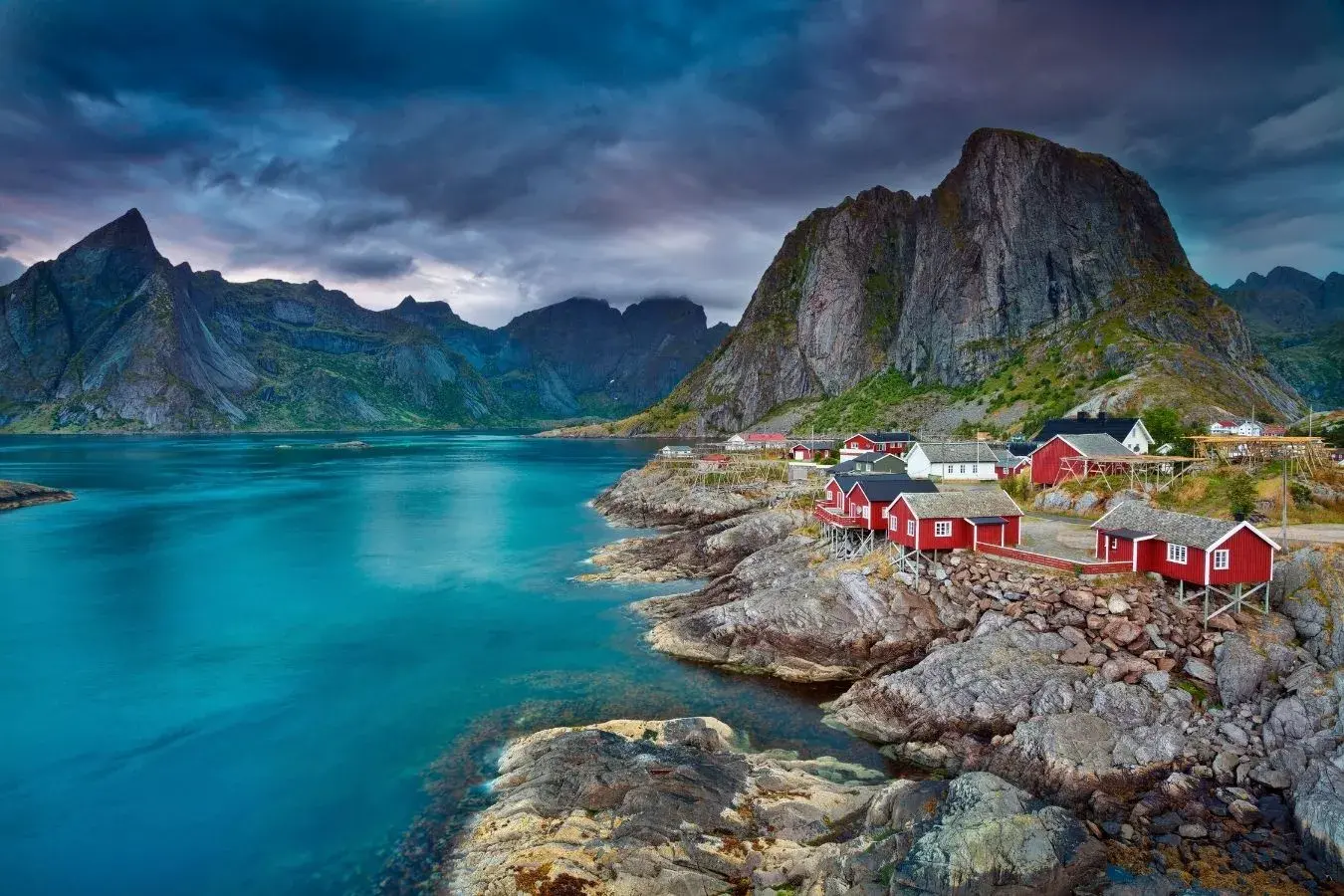Top-Rated Attractions & Things to Do in Marrakesh


by Asia A. | Last Updated June 19, 2025
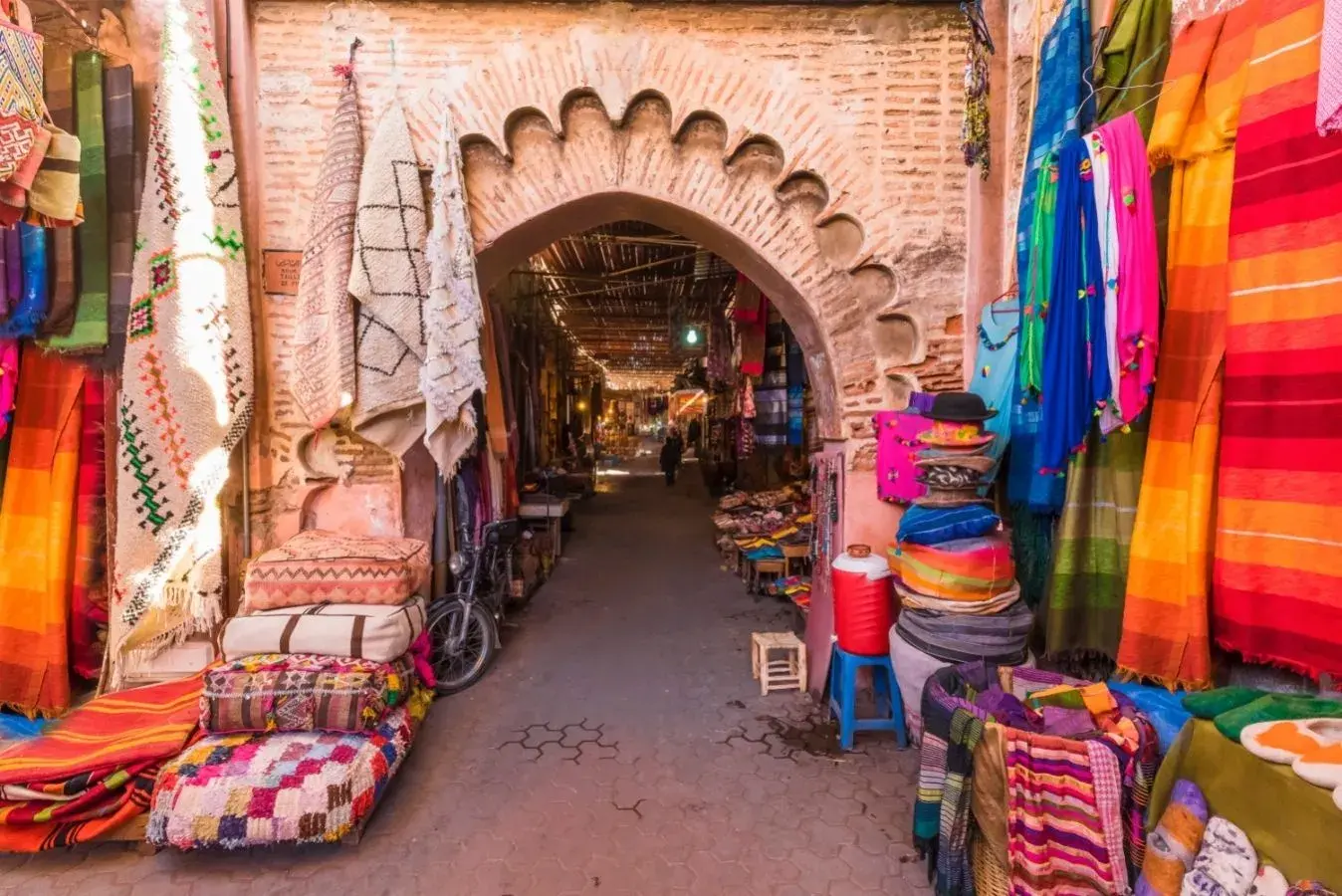
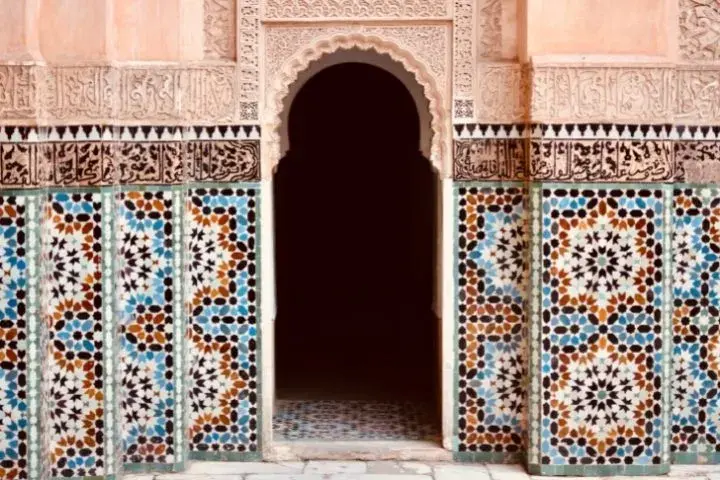

Marrakesh is a popular tourist destination in Morocco. It is one of the four imperial cities of the country, this magical city of 1 million people is halfway between mountains, desert, and sea in Morocco.
It is also the gateway into the High Atlas region of Morocco, which is the most popular destination in Morocco by far. There are many different outdoor activities to enjoy, including hiking, mountain biking, and climbing. You may even be able to experience some of Morocco’s mountain life on a short visit to one of Marrakesh’s many day trips available from the city.
The old town of Marrakesh called “medina” attracts several people from different parts of the world. Because of its historical sites, colorful markets, and amazing houses identified as Riads. In the year 1985, UNESCO identified Marrakech medina as a World Heritage Site.


The streets and curves of the medina quarter offer remarkable views, the flavors of traditional food cooked in tagines, the beauty of temple doors, the freshness of the gardens, and the surprises of the ancient Moorish culture.
The souks of Marrakech are the largest in Morocco and are well-known globally as some of the most exotic marketplaces for shopping in the world. They have been the center of trade in the city for a thousand years. Today they’re the main tourist attraction. Over 3000 stalls sell everything from tagines and multicolored carpets, silk kaftans, spices, antiques, lanterns, pottery, and jewelry to scarves and spices.
In addition to markets and local tapestry, Marrakesh is also composed of luxury, mansions, and casinos. And landmarks such as the Koutoubia Mosque (12th century) or the remains of Al Badi Palace.
Discover our list of the top tourist attractions and things to do in Marrakesh.
Jemaa El-Fna Square
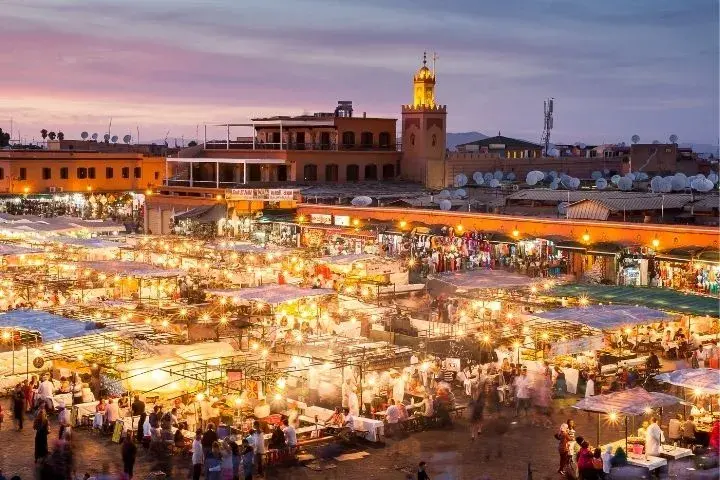

Jemaa El Fna is a must-see in Marrakech, it’s a popular tourist destination with people from all over the world. This large square at the entry to the old medina is the center of city activity and trade. It is one of the best-known squares in the world, a bridge between the past and the present, the place where spectacularized Moroccan tradition encounters modernity.
In this place, you will come across several shops that line along the narrow winding lanes. There are also many workshops belonging to different tradespeople and artisans.
At sunset, the northern section of the square changes into a food market, with several lanes of restaurant tents, the evening meals are being cooked and the smells of spices fill the air.
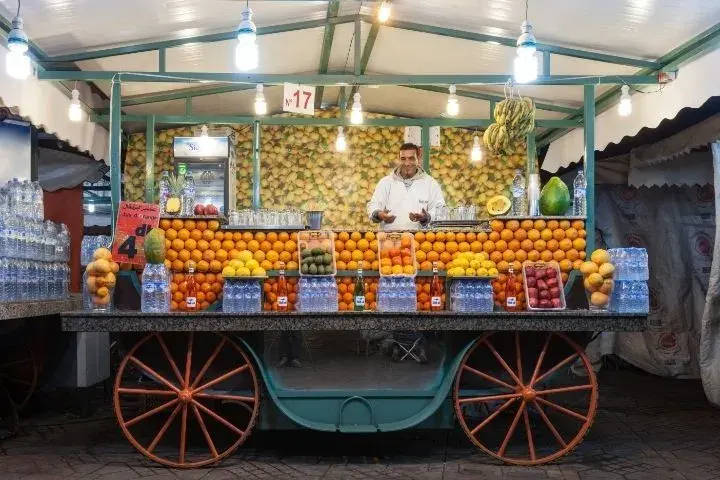

It’s a busy shopping area, full of fortune-tellers, storytellers, musicians, and snake charmers. It’s lively from late afternoon to midnight, a kaleidoscope of sounds smells, and images that overload our senses.
It’s also easy to escape for a bit at one of the many cafés that rim the square. Many of these cafés also offer the best panoramic views of all the Jemaa El Fna action from their rooftops.
Marrakesh Old Medina Souks and Markets


Marrakesh has the largest traditional market in Morocco, for many visitors, the old medina district is the town’s star attraction.
The bustling souks and markets of Marrakesh are full of life that dazzles in its beauty, sound, and aroma. They are an exotic destination for travelers who want to explore the culture of North African vendors in one of the most beautiful cities in the world.
In the medina’s many souks and markets, merchants will constantly try to get your attention. In these typically Moroccan bazaars, everything is for sale: clothes, leather bags, souvenirs, shoes, carpets, jewelry, handicrafts, and spices! Get ready to haggle (haggling is an important part of the trade in the souks).
One of the largest markets in the old medina is Souk Semmarine, where you can find everything from brightly colored bejeweled sandals and slippers to leather poufs, kaftans, and jewelry.


Souq Haddadine is specialized in ironware and lanterns and Souk Belaarif sells modern consumer goods.
Souk El Ableuh has plenty of stalls selling lemons, green, red, and black olives, chilis, capers, pickles, and mint, a common ingredient of Moroccan tea and cuisine.
Souq Cherratine, where the workshops of the leatherworkers take place.
In certain parts of the medina, your senses will be overwhelmed by the smells emanating from the Tanneries where leather goods are dyed. A visit to the dyeing pits might be interesting since most of these tanneries use ancient traditional dye-making techniques. Our advice: cover your nose.
Medina Riad Hotel
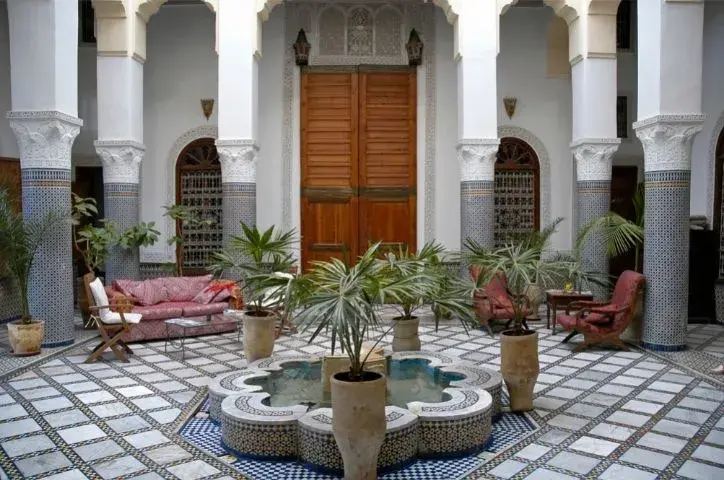

A riad is a traditional medina mansion characterized by an open central garden courtyard surrounded by high walls.
With the increased popularity of Marrakesh as a travel destination, more and more riads have been converted into places to stay. Luxury and mid-range boutique hotels are very common, though backpacker hostels can also be found.
There are so many kinds of stunning Marrakech riads with a variety of styles and ambiances. Some riads provide guests with historic Moroccan features: traditional zellige (hand-crafted painted tiles) and Arabic calligraphy lining the walls to opulent gold and brass fixtures decorating the salons, while the others may be more modern in their design. The choice is up to you when it comes to finding the perfect place for your stay!
Admire the Koutoubia Mosque
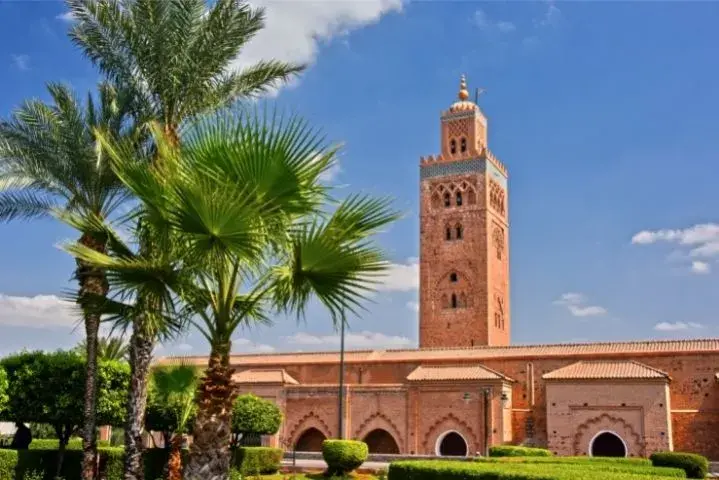

Five times a day, one voice rises as the muezzin calls the faithful to prayer from the Koutoubia Mosque. Marrakesh’s most famous landmark with its minaret tower, the tallest in the city at 77 meters (253 ft) in height, is located southwest of Jemaa el-Fnaa.
The mosque was founded by the Almohad caliph Abd al-Mu’min in 1147. It was rebuilt entirely in 1158 under the orders of Abd al-Mu’min, with Ya’qub al-Mansur finalizing the construction of the minaret around 1195.
The ruins of the original prayer hall are found on the northwestern side of the Koutoubia Mosque minaret.
Similar to the Notre Dame Cathedral in Paris, this iconic mosque stands as an emblem of Moroccan Islamic architecture.
The Koutoubia’s square design is an Amazigh trademark, unlike Middle Eastern mosques, which have domed minarets. Non-Muslims can’t go inside the Koutoubia Mosque or minaret but can get a glimpse inside on a Friday when the doors are open for prayers
Majorelle Gardens
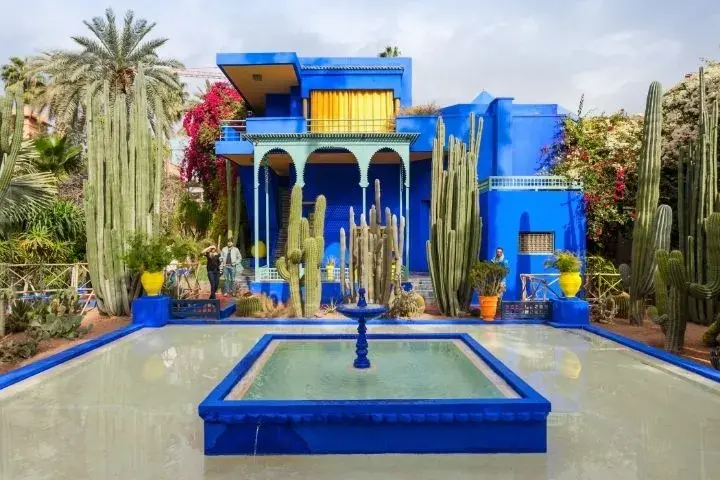

In recent years, the Majorelle gardens have become incredibly popular, and it now ranks as Morocco’s most visited tourist attraction. These lush gardens full of cacti, palms, and ferns are the work of painter Jacques Majorelle.
Originally from the town of Nancy in France, Majorelle came to Marrakesh for health reasons and became well-known for his paintings of Moroccan landscapes.
Some of his most famous work includes the garden & the studio he had painted in this color that’s now known as La Majorelle blue.
The garden contains a psychedelic desert mirage of 300 plant species from five continents.
After the death of M. Majorelle in 1962, French fashion designer Yves Saint Laurent and his partner Pierre Bergé bought Jardin Majorelle in 1980 to preserve the vision of its original owner and keep it open to the public. After Yves Saint Laurent’s death in 2008, his ashes were scattered in the gardens.
The Jardin Majorelle also supplies a pretty courtyard cafe, a small book and photography shop, and a chic boutique selling Majorelle blue slippers, textiles, and Amazigh-inspired jewelry influenced by YSL designs.
Right next to the entrance into the gardens, there is a museum dedicated to Yves Saint Laurent’s life and fashion legacy, It also hosts an exciting program of temporary exhibitions.
Visit the Medersa Ben Youssef
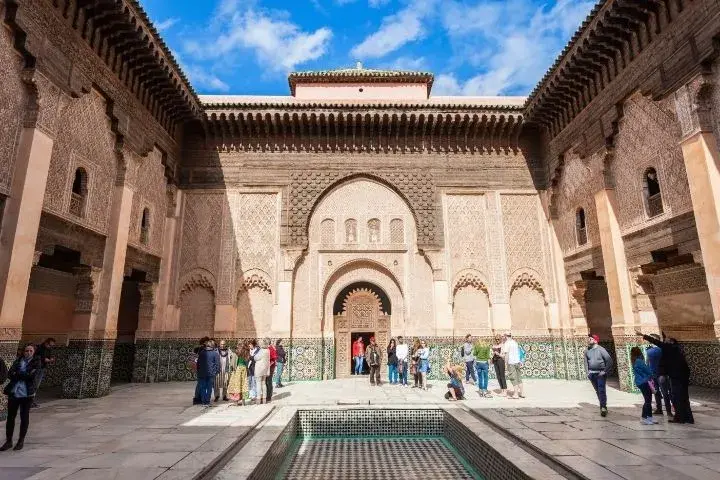

The Ben Youssef Madrasa, located north of the Medina, was an Islamic college in Marrakesh named after the Almoravid sultan Ali ibn Yusuf (1106–1142).
The Madrasa or Medersa was re-constructed by the Saadian Sultan Abdallah al-Ghalib (1557–1574) in 1564 as the largest and most prestigious and most splendid theological college in North Africa.
For more than four centuries, the Madrasa housed almost 900 students, an impressive feat considering the cramped nature of the building’s 130 student dormitory rooms.
Walk along the street outside the madrasa and you’ll see what looks like an ordinary wooden door at first glance. However, take a closer look and you’ll see an inscription that reads: “You who enter my door, may your highest hopes be exceeded.” But inside lies a cool central courtyard with a marble patio and water basin, the walls and columns decorated with fine zellige tiling, stalactite ceilings, cedar-wood detailing, and Kufic inscriptions used as decoration across the courtyard’s interior.
Experience the Moroccan Hammam
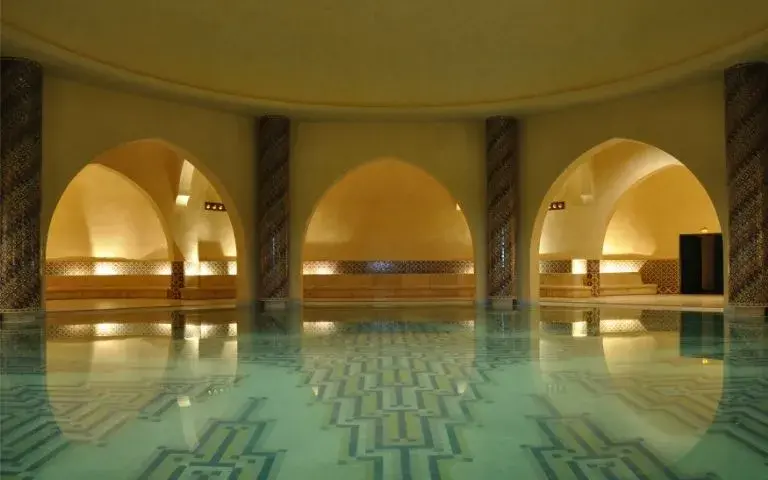

Navigating around the medina can be hot, dusty, and crowded work but luckily there’s a traditional way to relax and rejuvenate after your sightseeing and shopping are done.
A hammam is a traditional communal bath that consists of a bathhouse with multiple rooms (dry and steamed) for cleaning the body. The ritual starts by applying a layer of Moroccan black soap all over your body then after resting for about 5 to 10 minutes, rinse with lots of water. Then, the personnel will scrape all your dead skin from your body with “Kessa” Gloves. You will be amazed by seeing the dead skin left on the tile after the treatment.


Luxury hammams also provide modern spa and beauty treatments, such as massages and facials, they will end the session by rehydrating your skin with pure argan oil.
When your session is over you can relax in the tea room and enjoy Moroccan tea while enjoying sandalwood aromatherapy.
Be Amazed by Bahia Palace
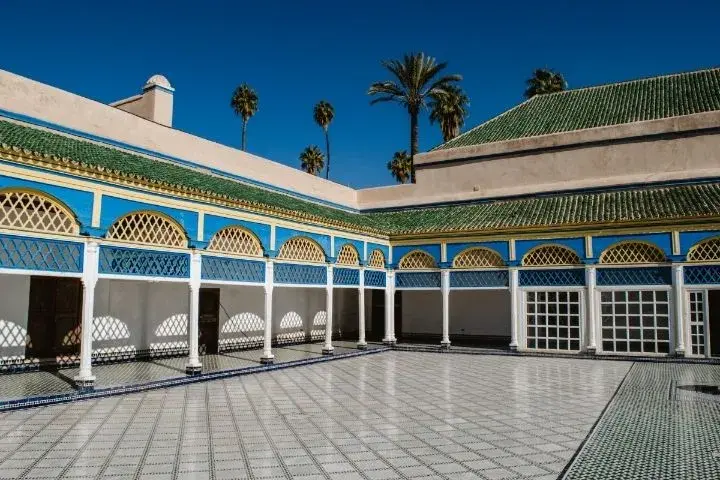

This beautiful large palace was built in the late 19th century for Grand Vizier Bou Ahmed, who served Sultan Moulay al-Hassan I. Today it is a famous historic monument and tourist attraction in the city.
When Morocco gained independence from France in 1956, the palace was used as a royal residence until King Hassan II placed it under government control. It has been well preserved and can now be visited as a cultural icon and tourist attraction.
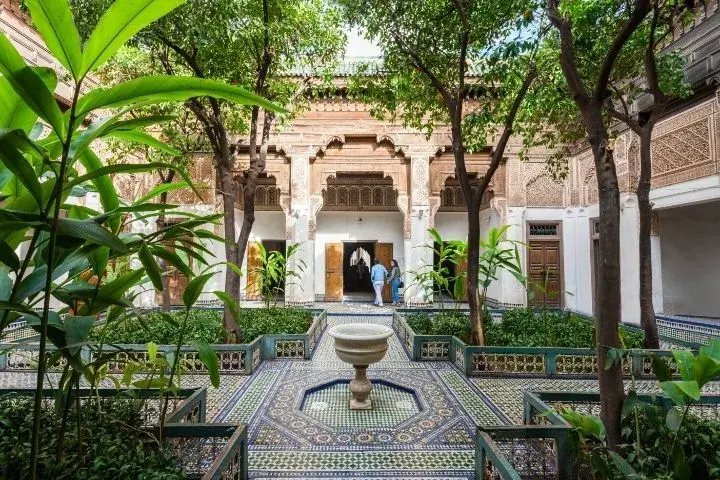

The interior decoration is a brilliant display of Moroccan artisan work. Its walls feature stucco carved with Arabic inscriptions, arabesques, geometric patterns, and muqarnas. Its floors are finished with marble and zellij tiles. Among its most famous elements are the cedarwood ceilings painted with colorful floral patterns.
The palace harem is decorated with woven-silk panels and beautiful stained-glass windows, while the Grand Courtyard is a sight to see with its marble-tiled surface stretching out between the carved wooden galleries.
The Palmeraie


Marrakesh’s Palmeraie (palm groves) area is situated at the edge of the city’s northern section. It is known for its famous palm trees and resorts.
With around 50,000 date palm trees, the Palmeraie is worth exploring for travelers looking to get away from central Marrakesh, it is now considered an up-market place to live and to stay in and the center of an important urban plan that includes luxury mansions, hotels, and golf clubs.
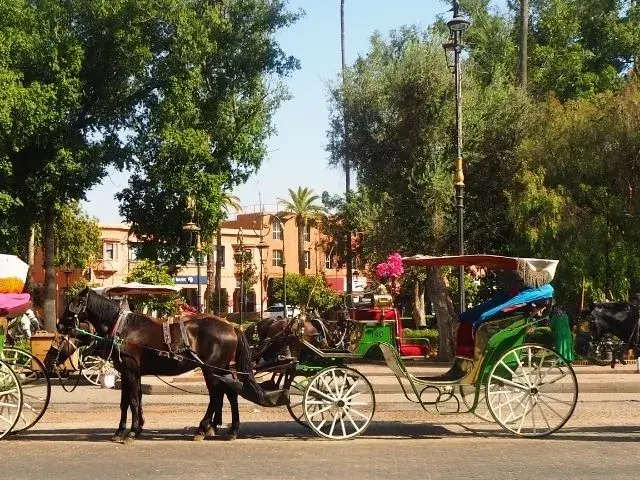

It’s a popular destination for cycling, quad-bike tours, horse riding, as well as camel rides. You can experience a camel ride in the palm groves, see the traditional way of life as you ride through nearby villages, and enjoy a Moroccan-style tea break along the way, as you relax and take in the beautiful view.
If you are not staying in the palmeraie, the most enjoyable and memorable way to get to Marrakech’s Palm Grove is to hire a horse-drawn carriage that will take you from Jamaa El Fna to the heart of the Palmeraie.
Saadian Tombs
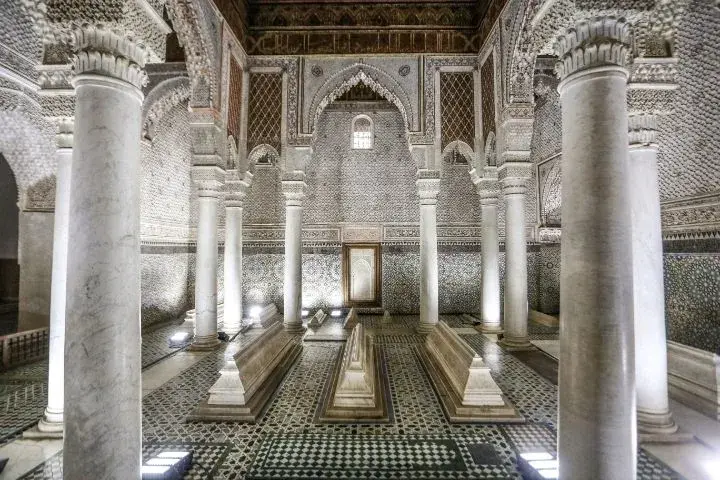

Marrakesh’s Saadian Tombs date to the time of the Saadian dynasty and in particular to the reign of Ahmad al-Mansur (1578–1603). Today the site is an important tourist attraction in Marrakesh
In total, 67 princes and other noticeable figures lie in the Saadian Tombs, as well as more than 100 chancellors and wives, each resting closer to the Sultan’s mausoleum depending on his or her status.
Saadian Sultan Ahmad Al Mansour Ed Dahbi was just as extravagant in death as he was in life. After the “golden king” built Badi palace in the 16th century, he transformed an existing necropolis into this lavish tomb complex, sparing no expense and importing Italian Carrara marble and gilding honeycomb muqarnas, a type of ornamented vaulting, decorated with pure gold. The Saadian Tombs are located in Rue de la Kasbah near the Kasbah Mosque, not far from the ruins of the El Badi Palace
Dar Si Said
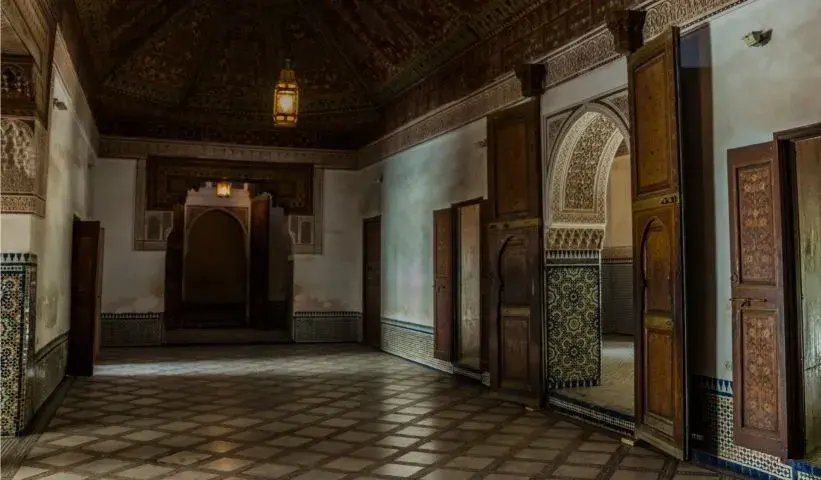

Vizier Si Said, the original owner of this 19th-century medina palace, a monument to Moroccan mâalem (master artisans), is now home to the well-presented National Museum of antiques, instruments, and some of the oldest objects in Marrakech.
There is also an amazing collection of traditional Moroccan door and window frames on display, alongside jewelry made of finely worked silver, oil lamps, pottery artifacts, embroidered leather, and marble.
Following the most recent renovations, carried out by the recently-created Foundation Nationale des Musées, the museum reopened in 2018 as the National Museum of Weaving and Carpets.
The palace is huge with 2 floors and several patios and doors. The building’s most stunning decoration is found at the entrance of the courtyard and on the second floor.
Marrakesh Museum
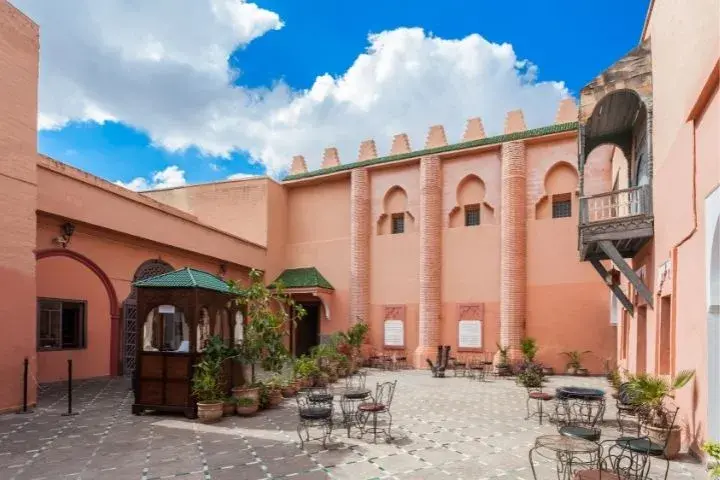

The Marrakesh Museum is a historic palace and museum located in the old center of Marrakesh. Besides its notable architecture, the museum’s collection showcases various historic art objects and contemporary art. The building itself is the real highlight for most visitors.
The Museum of Marrakech is housed in the Mnebhi Palace, which was constructed in the early 20th century by Mehdi al-Mnebhi (a Morocco government minister) but later became home to Pasha Thami Glaoui.
A harmonious blend of local North African form with Portuguese elements makes the architecture of this house fascinating, It features a gorgeous central courtyard complete with a lavish chandelier.
Explore the Badi Palace
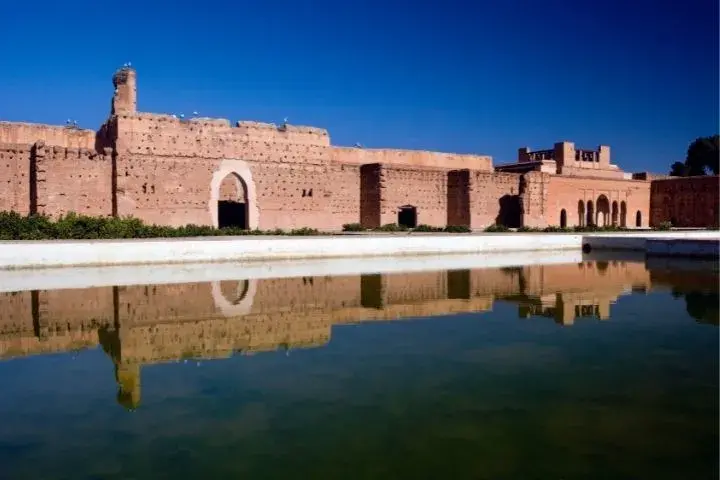

Located in the Kasbah, the ruins of Al-Mansour’s once-grand palace are one of the most atmospheric sights in Marrakesh.
The Saadian ruler built the opulent palace, complete with pavilions set amid a mammoth garden of reflective pools during his triumphal reign, decorated with materials imported from numerous countries ranging from Italy to Mali.
the palace was used for receptions and designed to showcase the Sultan’s wealth and power, but soon after his death, the palace was taken apart and stripped of all its splendor over 12 years, with the exquisite materials reused to build the royal palace in Meknes.
Now all that’s left are the tiled floor ruins, ruined pavilions, and high enclosing walls. However, you can still get decent views across the medina from the top of the walls. There’s even a great view of storks perched in what remains of these once majestic structures.
The Almoravid Qubba
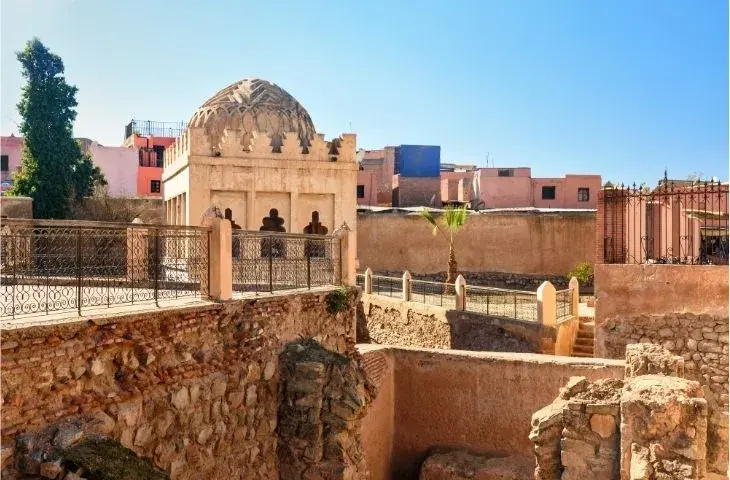

The Almoravid Qubba, or Qubba Ba’adiyyin, is Marrakesh’s oldest monument still standing, erected by the Almoravid dynasty in the early 12th century during Ali Ben Youssuf’s reign.
The Qubba is situated next to the Marrakech Museum and around 40 meters south of the Mosque of Ben Youssef.
It is famous for its extraordinary decoration and for being the only remnants of Almoravid architecture in Marrakech.
Unlike its simple exterior (a squat, square building topped with a dome), the building contains interesting architecture inside – including a large dome ceiling covered in Almoravid motifs.
The Almoravid Qubba is located next to the Marrakech Museum and around 40 meters south of the Mosque of Ben Youssef. Of all the beautiful Almoravid architecture in Marrakech, only a few buildings survived the damage inflicted by the Almohad conquerors. the Qubba is one of these few monuments that remain from this era.
Picnic in Menara Gardens
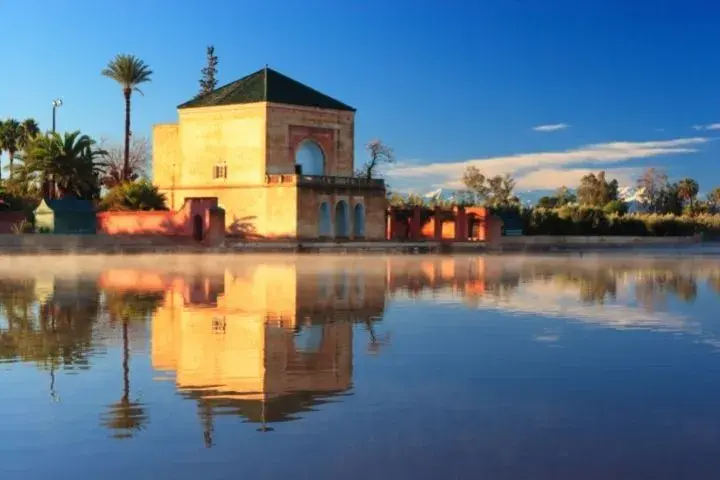

This large garden, once reserved for royalties, was established in the 12th century around a lake by the Almohad Caliphate ruler Abd al-Mu’min. It is a hidden oasis in Marrakesh, a favorite spot for locals who want to escape the hustle and enjoy the tranquility.
The gardens have been listed as UNESCO World Heritage Site since 1985, along with the Agdal Gardens and the historic walled city of Marrakesh.
The majority of the area is taken up with olive groves, but for visitors, the main attraction and reason to come here are the large reflective pool with its beautiful pavilion and the thousands of olive trees around the area. Renovated in the late 19th century, the pool and pavilion are considered one of the iconic views and symbols of Marrakesh.
There are many excellent photo opportunities here, with beautiful shots of the pool and the Atlas Mountain Range reflected in its water.
The Marrakesh Tanneries
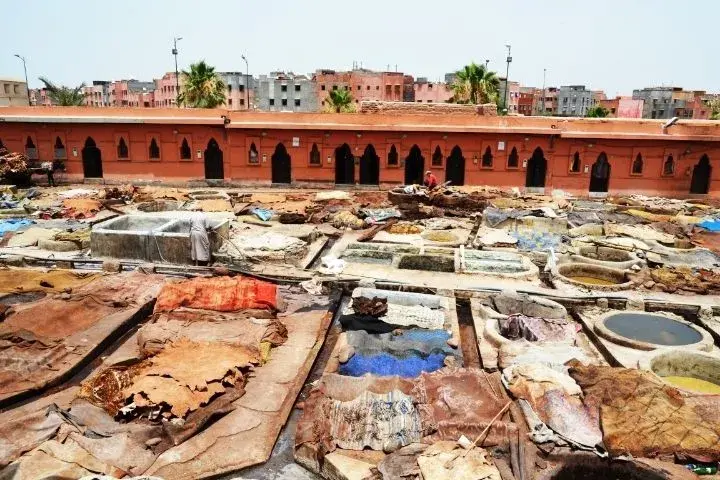

Marrakesh’s tanneries area is smaller than the one in Fes but just as atmospheric. This is where the leather hides, used for the colorful leather jackets, shoes, bags & other souvenirs found in the souks.
A visit in the morning to the dyeing pits might be interesting since most of these tanneries use ancient traditional dye-making techniques.
For photographers, great views of the entire area are available from these leather workshops that overlook the tanneries. You’ll need to pay them a tip to gain access to their balconies/rooftops and let’s just say that there’s a pretty high chance they’ll ask you to buy something.
Tours & Excursions in Marrakesh
Visa & Health Requirements
Please make sure you check all the information you need to know about the passport, visa, and health requirements of your destination.
Check out all the data provided by IATA (International Air Transport Association)
